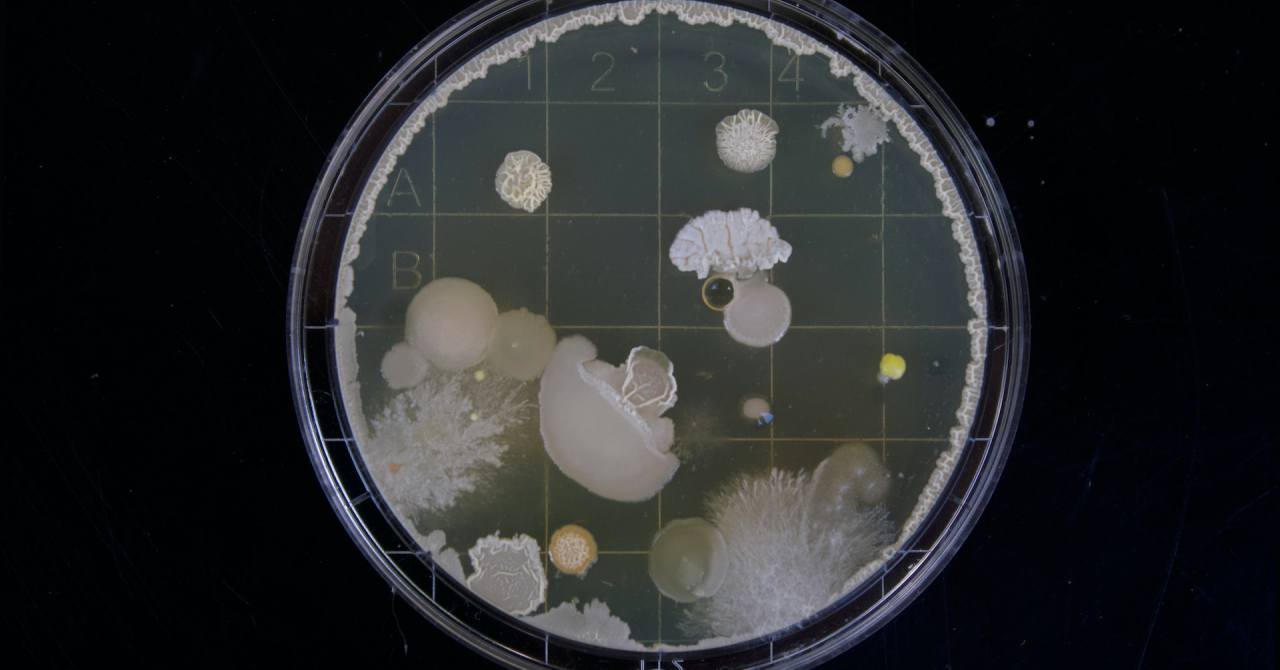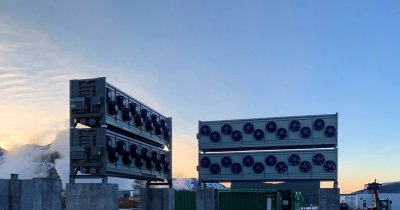Methane, a gas derived mostly from the farming and waste management industry, has the potential to warm the planet tens of times more than CO2, which is why solutions to reduce the output are critical if we want to meet our climate goals. Some scientists went as far as to developing new cow breeds that release fewer methane emissions in order to prevent pollution.
According to The Guardian, a group of scientists suggested that we could use methanotrophs, a group of bacteria that feeds itself with methane emissions, in order to counter the effects of the potent greenhouse gas.
One group of this bacteria is especially interesting, since it can feed on even lower-concentrations of methane. The issue is that it is found only in environments with very high concentrations of methane, around 5.000-10.000 particles per million. By contrast, the average in our atmosphere is only 1,9 ppm and even around landfills this only increases to around 500 ppm.
Euan Nisbet, professor of Earth sciences at Royal Holloway, University of London, said that "bacteria that rapidly eat methane at the higher concentrations found around cattle herds, etc could make a huge contribution to cutting methane emissions, especially from tropical agriculture."
If implemented around farms, scientists argue that the bacteria, which converts methane emissions into CO2, can be used to take methane from cattle, for example, and pump the resulted CO2 in greenhouses, where it can be consumed by plants and vegetables.
"The biggest barrier to implementation now is technical: we need to increase the methane treatment unit 20-fold. If we can achieve that, then the biggest barriers become investment capital and public acceptance", said lead researcher, Mary E Lidstrom.
Atmospheric methane increased considerably in the past decade-and-a-half and it is currently responsible for 30% of the global heating. Scientists say that both reduction and capture technologies are required for us to cut on methane emissions and other types of greenhouse gases, so that we can limit the rate of global warming.
 Mihai - Cristian Ioniță
Mihai - Cristian Ioniță












Any thoughts?